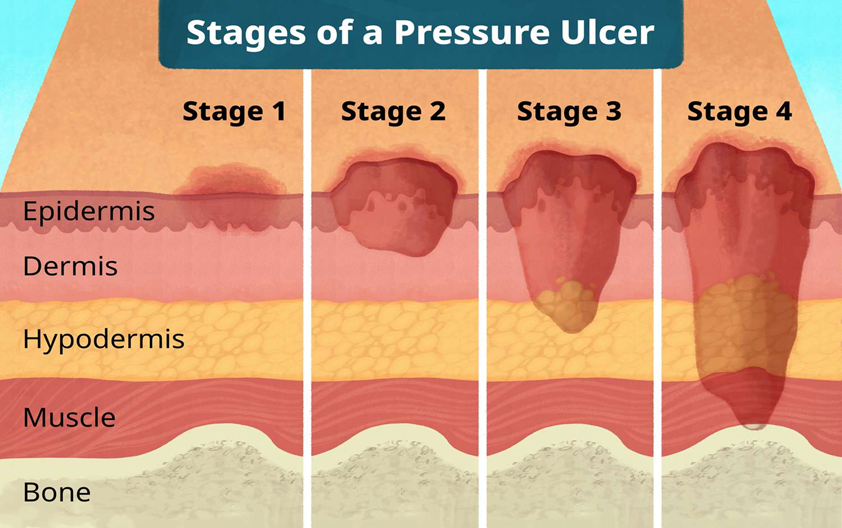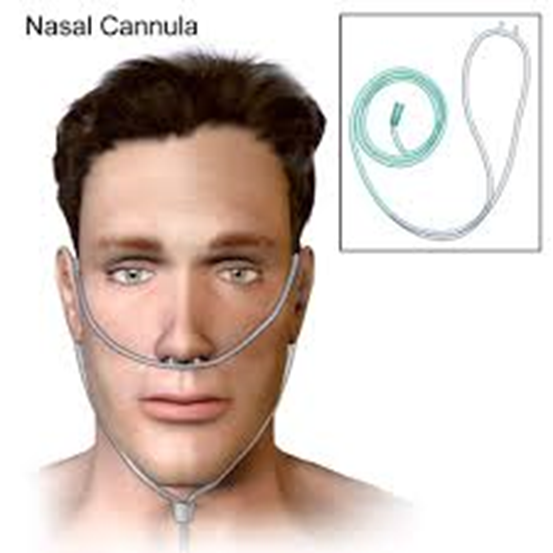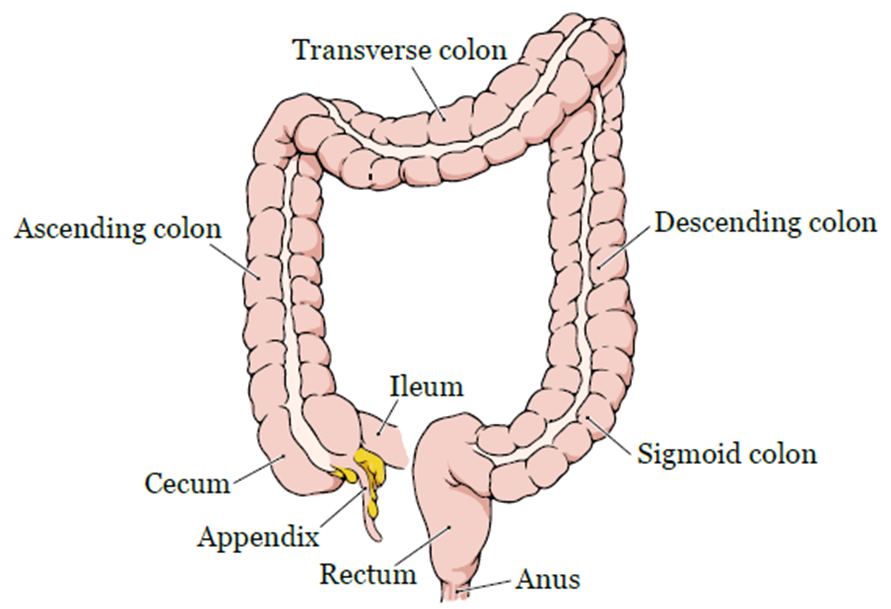A nurse is caring for a client who has a stage I pressure ulcer. Which of the following dressings should the nurse plan to apply?
Alginate dressing
Hydrogel dressing
Transparent dressing
Wet-to-dry gauze dressing
The Correct Answer is C
Choice A Reason:
Alginate dressings are typically used for wounds with moderate to heavy exudate because they are highly absorbent. Stage I pressure ulcers do not usually produce exudate, making alginate dressings unnecessary and inappropriate for this type of wound.
Choice B Reason:
Hydrogel dressings are designed to provide moisture to dry wounds and are more suitable for wounds with minimal to no exudate. While they can be used for stage I pressure ulcers, they are not the most common choice as these ulcers do not typically require additional moisture.
Choice C Reason:
Transparent dressings are ideal for stage I pressure ulcers because they protect the skin from friction and shear while allowing for continuous observation of the wound. These dressings maintain a moist environment, which is beneficial for healing, and are easy to apply and remove without causing additional trauma to the skin.

Choice D Reason:
Wet-to-dry gauze dressings are generally used for debridement of necrotic tissue in more advanced wounds. They are not suitable for stage I pressure ulcers, which do not have necrotic tissue and do not require debridement.
Nursing Test Bank
Naxlex Comprehensive Predictor Exams
Related Questions
Correct Answer is D
Explanation
Choice A Reason:
“Delivers a low concentration of oxygen” is incorrect because a nasal cannula can deliver varying concentrations of oxygen depending on the flow rate set by the healthcare provider. The concentration can range from low to moderate, typically between 24% to 44%.
Choice B Reason:
“Delivers a constant rate of oxygen” is partially correct but not entirely accurate. While the flow rate can be constant, the key aspect is the specific concentration of oxygen delivered, which is more relevant to the client’s understanding.
Choice C Reason:
“Delivers a high concentration of oxygen” is incorrect because nasal cannulas are generally used for low to moderate oxygen delivery. High concentrations of oxygen are typically delivered through other devices like non-rebreather masks or high-flow nasal cannulas.
Choice D Reason:
“Delivers a constant flow of a specific concentration of oxygen” is correct. This explanation accurately describes how a nasal cannula works. It provides a continuous flow of oxygen at a specific concentration, which is adjusted based on the client’s needs and the healthcare provider’s prescription.

Correct Answer is A
Explanation
Choice A Reason:
A 24-hour urinary output of 380 mL indicates oliguria. Oliguria is defined as a urine output of less than 400-500 mL per day in adults. This condition can be caused by various factors, including dehydration, kidney dysfunction, or postoperative complications. Monitoring urine output is crucial for assessing kidney function and overall fluid balance, especially after major surgeries like a colon resection.

Choice B Reason:
A 24-hour urinary output of 550 mL is slightly above the threshold for oliguria. While it is still relatively low, it does not meet the strict criteria for oliguria, which is typically defined as less than 400-500 mL per day. This output suggests that the client is producing an adequate amount of urine, though it may still warrant close monitoring to ensure it does not decrease further.
Choice C Reason:
A 24-hour urinary output of 600 mL is within the normal range and does not indicate oliguria. Normal urine output for adults is generally considered to be around 800-2000 mL per day, depending on fluid intake and other factors. This output suggests that the client’s kidneys are functioning properly and that there is no immediate concern for oliguria.
Choice D Reason:
A 24-hour urinary output of 720 mL is also within the normal range and does not indicate oliguria. This output is closer to the lower end of the normal range but still suggests adequate kidney function. It is important to continue monitoring the client’s urine output to ensure it remains within a healthy range, especially after surgery.
Whether you are a student looking to ace your exams or a practicing nurse seeking to enhance your expertise , our nursing education contents will empower you with the confidence and competence to make a difference in the lives of patients and become a respected leader in the healthcare field.
Visit Naxlex, invest in your future and unlock endless possibilities with our unparalleled nursing education contents today
Report Wrong Answer on the Current Question
Do you disagree with the answer? If yes, what is your expected answer? Explain.
Kindly be descriptive with the issue you are facing.
